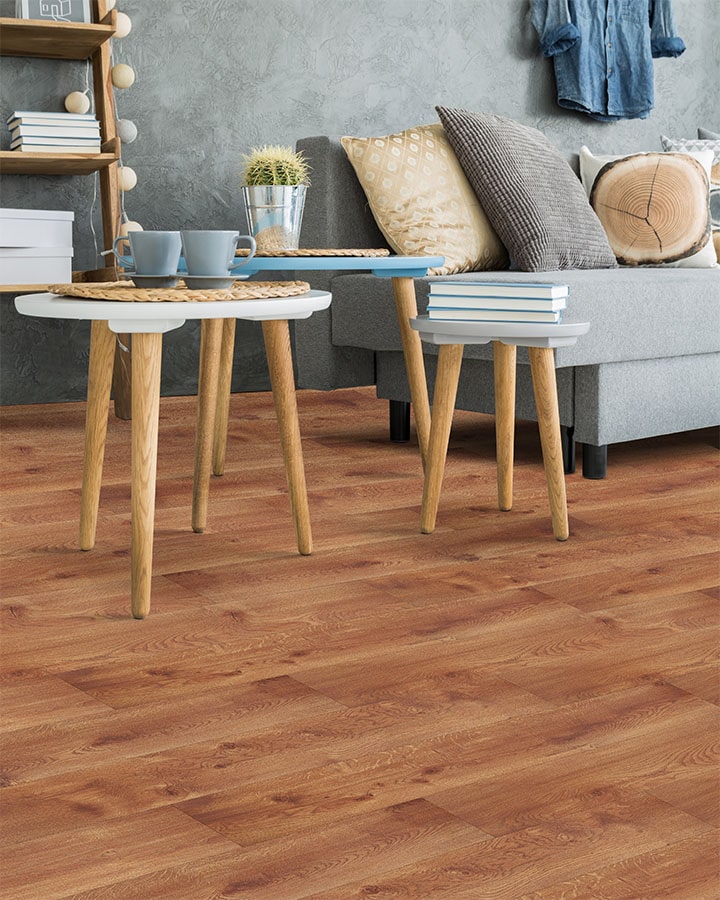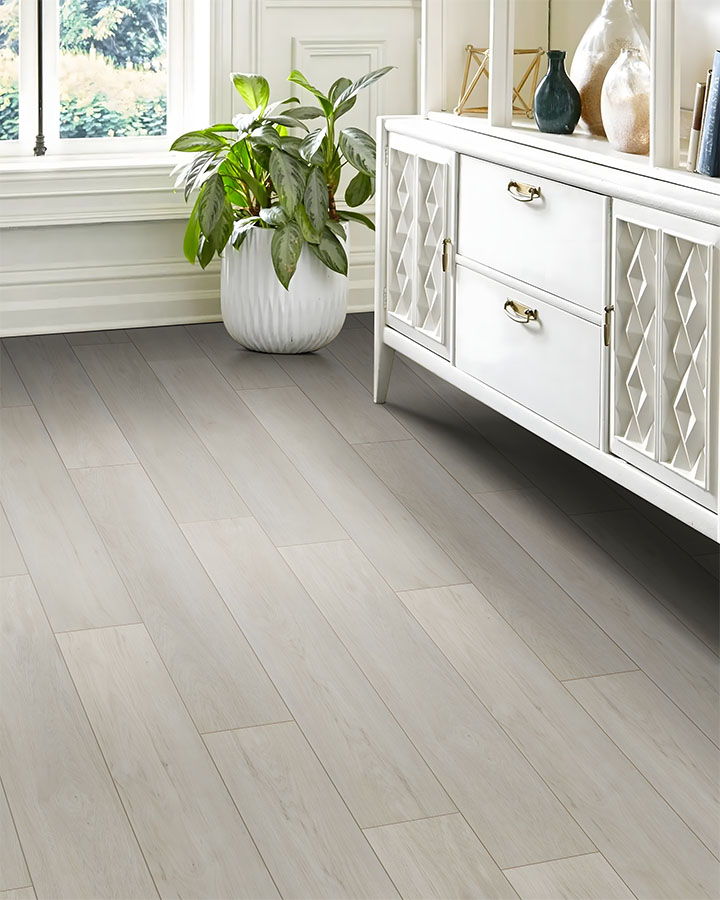One of the essential elements in any building is the flooring. Parquet flooring must be installed correctly to avoid damage over time and maintain the beauty of the environment. Parquet installation, whether DIY or by a professional, is a process that requires precision and attention to detail. To achieve the best results and ensure the durability and beauty of the parquet, it is essential to be aware of the important aspects of this process. In this article, we will discuss these aspects in detail. If you want to have a complete and durable installation, stay with us until the end.
Parquet installation tips are divided into two processes: before and during installation.
Pre-installation Tips
- Choose the Right Parquet: Select the appropriate parquet based on the type of space, usage, budget, and your taste.
- Calculate the Area: Carefully measure the exact area of the intended space to purchase enough parquet.
- Surface Preparation: The subfloor must be clean, dry, flat, and even. Any unevenness, cracks, or holes must be repaired before installation.
- Purchase Tools and Supplies: Gather the necessary tools and supplies for installation. These may include a measuring tape, wedges, a trowel, a hammer, a saw, a roller, and more.
- Read the Installation Instructions: Before starting, carefully read the installation instructions provided by the parquet manufacturer.
Installation Tips
- Parquet Layout: Dry-fit the parquet pieces in the intended location before adhering them to ensure the desired pattern.
- Proper Subflooring: Install appropriate subflooring when laying the parquet to ensure a perfectly flat installation on the ground.
- Expansion Gap Maintenance: Maintain a suitable expansion gap around the edges and between parquet pieces.
- Apply Pressure: Use a plastic mallet to apply gentle pressure on the parquet to ensure proper installation and eliminate any gaps or cracks.
- Precise Cutting: If necessary, use the appropriate tools and care when cutting the parquet.
- Cleaning: Regularly clean the work surface during and after installation to prevent dirt from adhering to the parquet.
Additional Tips
- Suitable Temperature: Install the parquet in suitable temperature conditions according to the manufacturer's instructions.
- Humidity: Avoid installing parquet in damp or wet environments.
- Drying Time: Allow the parquet sufficient time to dry completely after installation.
- Care and Maintenance: Use appropriate cleaning agents and materials to preserve the beauty and lifespan of the parquet.
Proper Subflooring for Parquet Installation
As mentioned earlier, proper subflooring is the foundation for installing high-quality and durable parquet. In this section, we will discuss the specific details of proper subflooring for different types of parquet.
- Subflooring for Ceramic and Stone Tiles
- Mortar: The mortar used for ceramic and stone tile subflooring should be prepared from a mixture of cement, sand, and water in the appropriate ratio.
- Dry Mortar: Using dry mortar (premixed powder) can also be a quick and easy option.
- Leveling: The subfloor must be completely flat and level. You can use a level and screed for this purpose.
- Sloping: If a slope is required for water drainage, it should be considered during the subflooring stage.
- Moisture Barrier: In damp or moisture-prone areas, a suitable moisture barrier must be installed before subflooring.
- Subflooring for Wooden Parquet
- For proper subflooring for wooden parquet, unevenness and bumps on the ground should first be eliminated. Then, a smooth layer is created on the ground using plaster and cement to make the ground completely uniform and provide suitable subflooring for parquet installation.
- Soundproofing: To reduce noise and vibrations, soundproofing foam can be used.
- Subflooring for Laminate Parquet
- Foam or Underlay: Foam or underlay is used for laminate subflooring. This layer, in addition to creating a smooth and even surface, also acts as a sound and heat insulator. The foam or underlay must be firmly attached to the entire subfloor surface and reach the walls with its edges. Additionally, the joints between the foam or underlay must be completely overlapped.
General Tips for Parquet Installation
- Manufacturer's Instructions: Before starting installation, carefully read the instructions provided by the parquet manufacturer.
- Tools and Supplies: Use the appropriate tools and supplies for subflooring.
- Precision and Detail: Exercise precision and attention to detail in all stages of subflooring.
- Seek Professional Help: If you are not familiar with the sub












